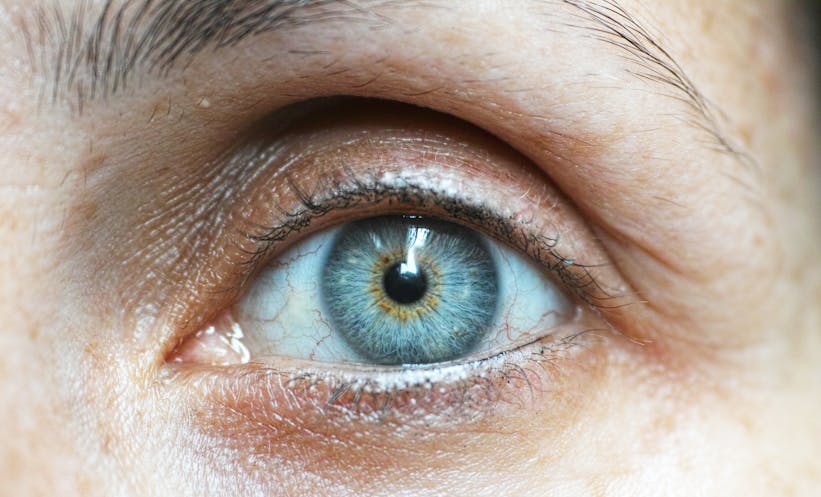RESEARCHERS have applied artificial intelligence (AI) to a technique used to produce high-resolution images of the eye in order to improve both speed and image contrast. By advancing this technology with the use of AI, the authors hope to provide clinicians with a better tool to evaluate age-related macular degeneration and other retinal diseases.
Lead author Johnny Tam, National Institutes of Health (NIH), Bethesda, Maryland, USA, and colleagues, developed a technology called adaptive optics (AO) in order to improve imaging devices based on optical coherence tomography (OCT). AO-OCT has transformed medical imaging, by enabling visualisation of 3D retinal structures at cellular-scale resolution, including the retinal pigment epithelial (RPE) cells, which are essential for maintaining visual function. However, because noise inherent to the imaging process makes it difficult to visualise RPE cells from a single volume acquisition, a large number of 3D volumes are typically averaged to improve contrast, lengthening the procedure.
In order to combat this challenge, Tam and his team introduced a novel AI-based model, parallel discriminator generative adversarial network (P-GAN), to recover the obscured cellular features of a singular AO-OCT volume, meaning there is no need for large numbers of volumes. The imaging data from eight eyes of seven patients were used in the study, which showed that the use of P-GAN not only made the scan much faster, but also improved RPE cell contrast by 3.5-fold.
The team concluded that AI has the potential to improve the speed and quality of retinal scans, fundamentally improving the ways in which images are captured. “AI helps overcome a key limitation of imaging cells in the retina, which is time,” commented Tam, adding that P-GAN “will make AO imaging more accessible for routine clinical applications and for studies aimed at understanding the structure, function, and pathophysiology of blinding retinal disease.”
Reference
Das V et al. Revealing speckle obscured living human retinal cells with artificial intelligence assisted adaptive optics optical coherence tomography. Comm Med. 2024;4(68):1-10.








